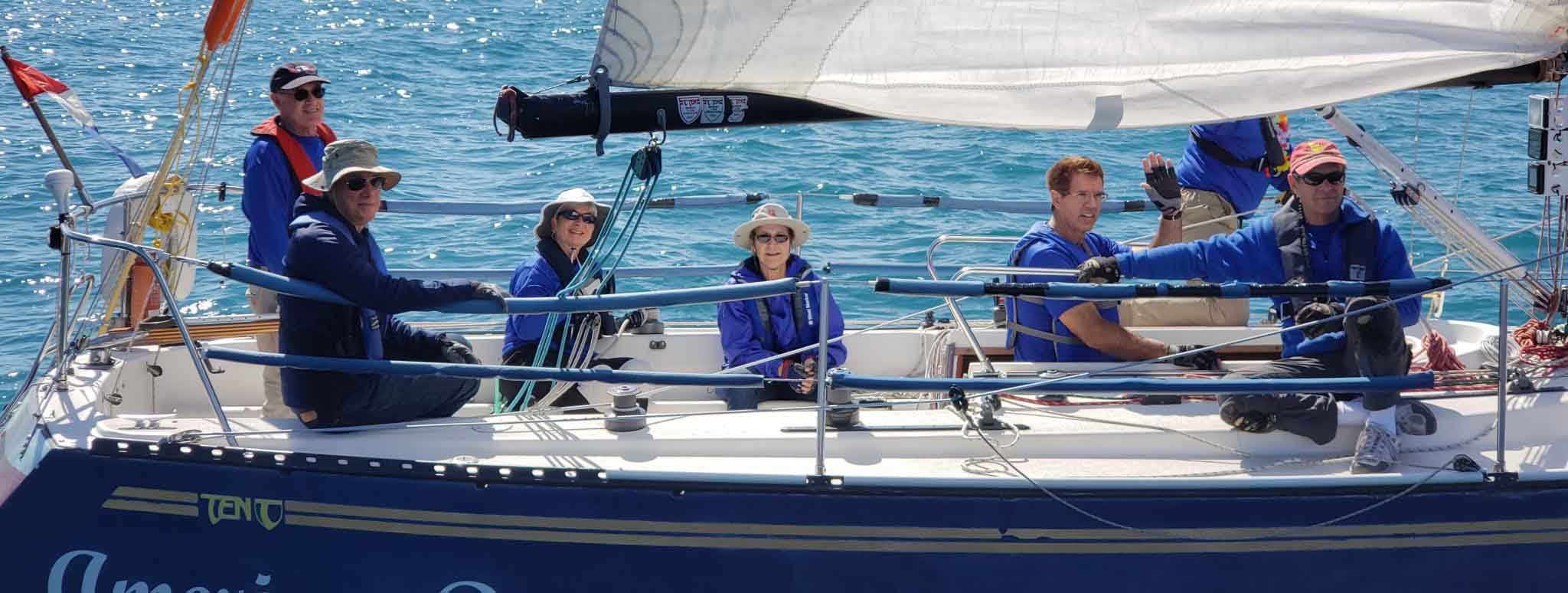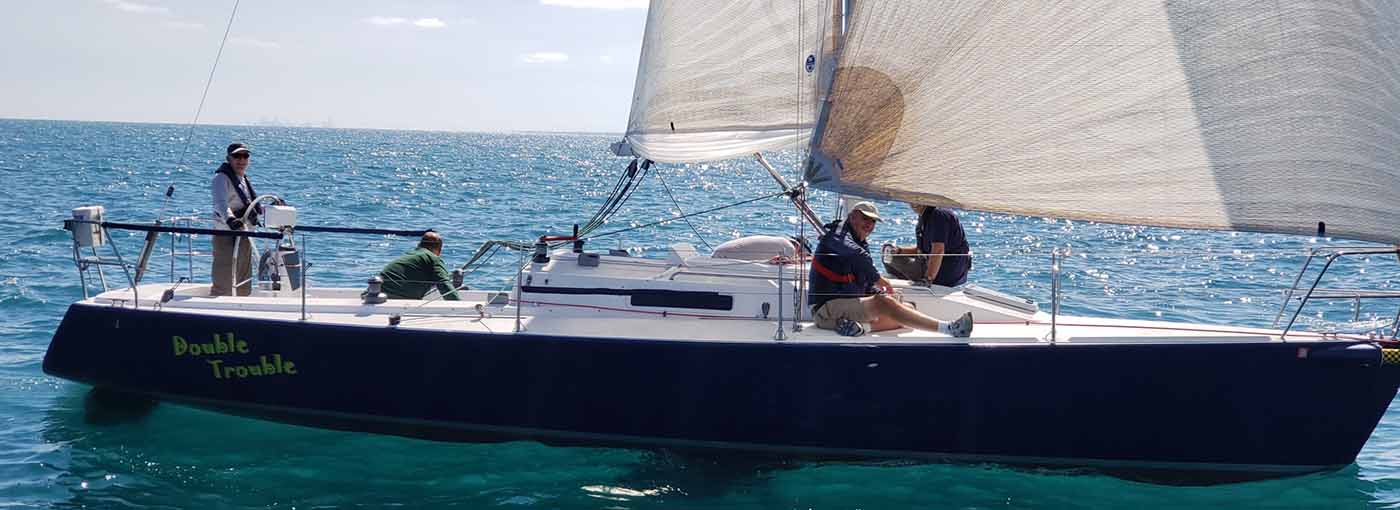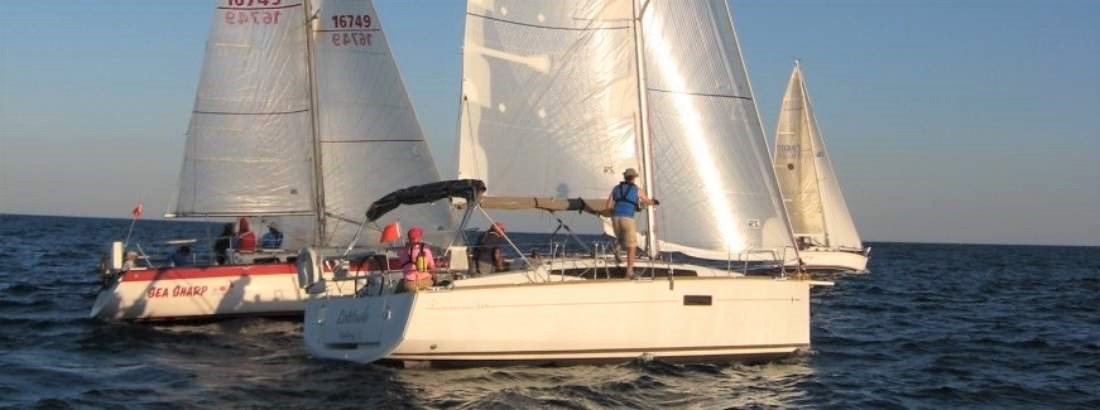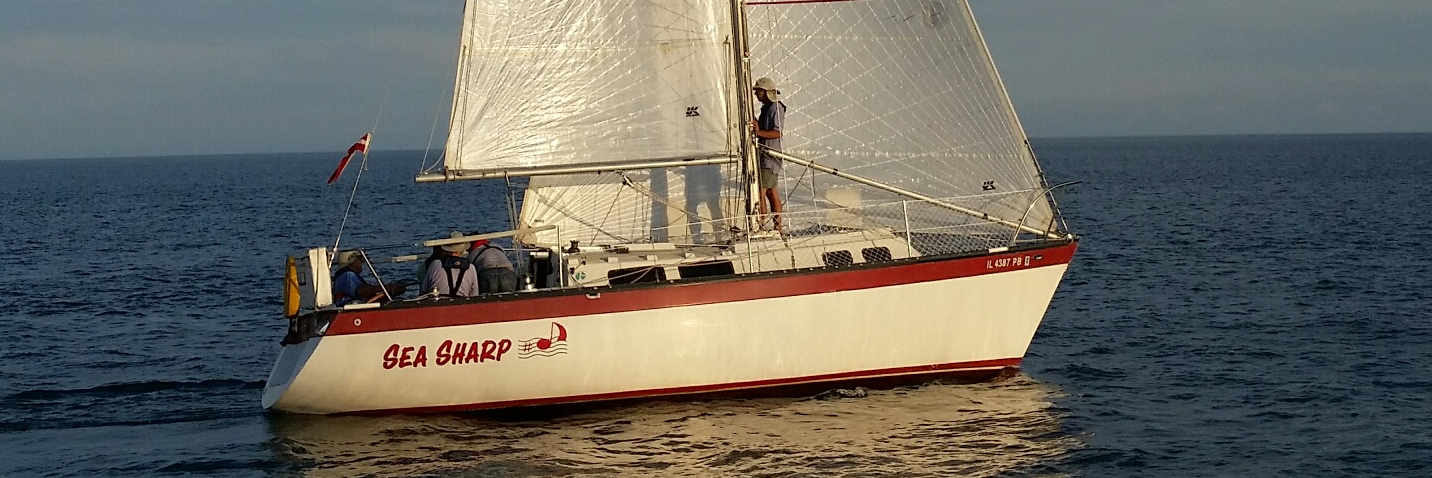The China Trip V Wrapping it up
The Terra Cotta Soldiers near the city of Xian (pop. 6.6 million) were discovered in 1974 when peasants were digging a well…just another example of our concern about the flooding of the Yangtze basin. The tomb of Qin Shi Yuang contains an army of terra cotta (clay) soldiers, horses and chariots over 2000 years old. It is one of China’s top historical sights.
Our collective memory of our first knowledge of the TC Soldiers is when a few of the objects came to the Natural History Museum in Chicago along with photos of the excavations, etc. That must have been in the 1980’s sometime. Since that time, it has been at the top of our wish lists of things to see and it did NOT disappoint us in the least!
Our photos of the sight are not good, I’m sorry to say. I have included one of them (Photo #1) so that you can get some idea of the scope of the site. The best way to experience a little of what we saw will be to connect to the Anchorage Yacht Club website in several weeks to view the short video clip that we took in the First Hall.
A whole village of buildings has been developed to house this amazing treasure. One must travel out of Xian about an hour to arrive at a lovely setting. From the huge bus parking area, you walk about 10 minutes along a paved path back to the tremendous huge hangar-like buildings that contain the excavations. The first hall contains 6,000 warrior and horse figures – all life sized – facing east. Each soldier has a different face…the historians suspect that the sculptors used each others’ facial features for the work. The atmosphere has a heavy dusty smell as work is expected to continue for decades. The pits were dug to a depth of 5-7 meters. Tiles were laid out and the figures were placed on the tiles complete with robes, chain-mail and caps. Some of the soldiers wore bronze swords that had been treated with something to make them resistant to rust and corrosion. After being buried for 2000 years, the swords were still SHARP!
After the soldiers and horses were in place, they were covered over with columns supporting huge timbers…we are guessing that the timbers were about 12”X 12”. Over the timbers was placed straw and then soil. Over the years the timbers have sagged giving an undulating impression that you can see in some of our other photos.
If you ever have a chance to see a documentary of the Terra Cotta Soldier site, we hope that we have whetted your appetite sufficiently. It is an amazing place – huge and magnificent as is China itself.
We wish that we could give you a sense of the immensity of China. Photo #2 was taken in Chengdu as we waited for the departure of the bus to Dazu. Bicycles were parked along the sidewalk side by side and these must have been seven rows deep. There often was no possibility of walking down a sidewalk such as this one, which meant that we were forced to walk in the street. Now there was another challenge…crossing the street! The streets were often very wide with six traffic lanes and a bicycle lane on each side next to the sidewalk. A crosswalk at an intersection usually was posted with a green “walk” light and a “red” wait light. It has been our experience (everywhere else in the world) that a green walk light means that the pedestrian has the right of way and that it is totally safe to cross. It did not take long to realize that this is not the case in China. Some of the traffic always gets a green light at the same time as the pedestrians. Sometimes it is the left-turning traffic or the right-turning traffic, and sometimes it is the bicycle lane that also contains motorcycles! Those green walk signs are only on for a short time and those streets take a long time to cross. What should we do about that whole dilemma?
Since there was always a crowd of Chinese crossing with us, we would put ourselves right in the MIDDLE of a group of Chinese. We figured that they should know what they are doing – they face the challenge every day. We ended up out in the middle of the street with traffic passing all around us. You can imagine that that was quite frightening for us, but it did not take long before it seemed a natural thing to do.
Riding in the cabs was an experience too. Jane was riding up front with the driver in one cab and reached right away for the “hardly ever used” seat belt. The driver laughed and motioned that she did not need to do that; and then he pulled right out into the lane of traffic going the opposite way until he could work his way over into the right lane.
Except for the cities of Wuhan and Beijing, the drivers of vehicles in China are totally inept. We imagine that if their horns stopped working, they would have to stop driving. They would be unable to do a thing without their horns. It was so irritating to us that we instantly noticed the difference in the above two cities. Photo #3 shows the train ticket room in Jingdezhen. This was taken at 7:30 PM at night and there were more than 1,000 people waiting in line to buy train tickets. The train ticket rooms were always full of people, regardless of the day or night. The train waiting halls, where people congregate to wait for their train to board, were always full. We marveled at the fact that we were always able to buy the tickets we desired on the trains even when it was a same-day or next-day situation UNTIL the end of our trip.
When we got to Changsha it was nearly the end of September. The Chinese Independence Day is Oct 1 and the whole first week of October is celebrated. We would have had to wait five days for train transportation from Changsha back to Shenzhen. So we added a plane ride to our train, bus and taxi experiences. This went quite well. China has come a long way (in just the last few years) with their flight services.
There is so much more that we could write about – so many experiences and memories – but we are getting to a point of boring you so we will close. If you would like to read more about the Chinese culture, we highly recommend the Paul Theroux book Riding the Iron Rooster , by Train Through China. Another excellent book is Wild Swans, Three Daughters of China by Jung Chang. This last story follows three generations of amazing Chinese women from 1870 through 1978 and has won several awards. Jane tried to buy this book in Beijing at a bookstore carrying English language books. She was told that it was all sold out, but realized (later when she found the book in Hong Kong) that it is outlawed in China…interesting.
We watched an excellent Beijing TV channel while in China, a good source for international news and dialogues about current affairs in China. Nearly every night there was news of China’s officials making trade agreements in one country or another. We are convinced when all of these trade agreements are in place that China will control, not only the garment industry, but also the beer and wine industry. We have written about the cheap and GOOD beer that we found, but we also bought wine in the different cities and paid between $2-$4/bottle. We NEVER had a bad bottle of wine. The Chinese can copy anything. The Chinese can take on projects that no other country in the world would even consider.
In the end you may ask, “Was it a pleasant trip? Would you ever choose to return to China?” We would have to answer “NO” to both of these questions. The Chinese are aggressive people on the whole. They are loud and abrasive. They throw garbage around without a thought. They spit and do other terribly vulgar thing. They have no idea how to queue up for anything. The air is polluted and there are, obviously, crowds everywhere. There is nothing peaceful about China at all. There are reasons for all of these negative cultural habits. In our minds, the reasons do not offer an excuse.
Having said the above, there are some wonderful, kind and gentle people in China, but they are the exception rather than rule. You may ask, ”Are we glad that we made the trip?” The answer would be a resounding, YES!
We would love to hear from you on either of our email addresses if you have any comments or any questions about our experiences.
We promise to stay in touch with you.
Jane and Sander


































